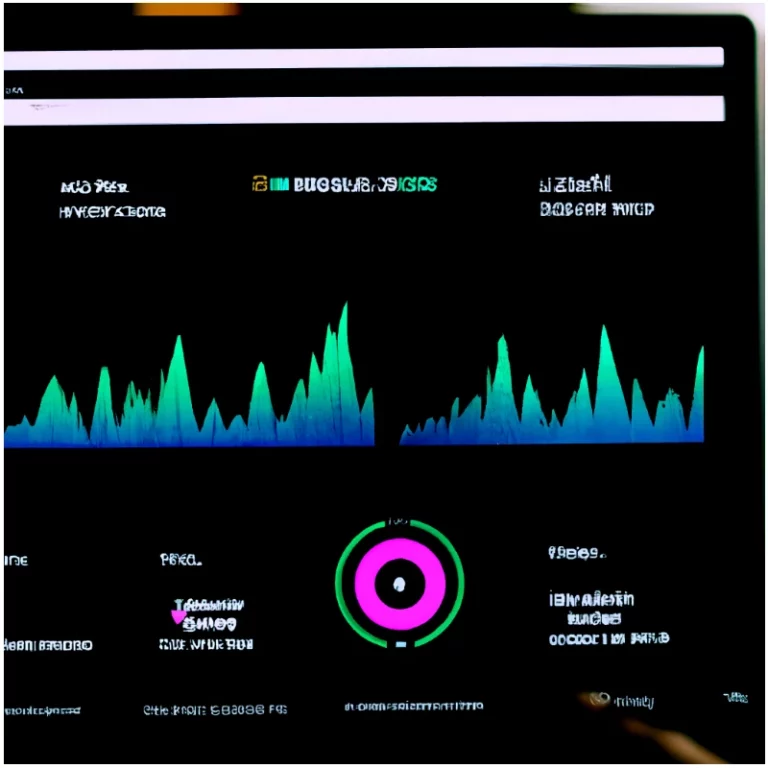Winning Over Customers: Harnessing the Halo Effect in Website Design
In today’s digital landscape, the first impression reigns supreme. For small businesses, your website is that crucial handshake, the virtual storefront that sets the tone for your entire brand. But did you know your website design wields more power than mere aesthetics? It’s a marketing force multiplier, thanks to a psychological phenomenon called the halo effect.
Understanding the Halo Effect:
Imagine encountering a well-dressed individual, who exudes confidence and competence. You might subconsciously extend those positive attributes to their character or capabilities. That’s the halo effect in action.
Good Effect

Bad Effect

Take the two images above, while neither are dressed poorly one definitely stands out as the professional. Think about it, which one of the two above would you like to hire to do your taxes, or represent your business? All of this is based only on their clothing, we know nothing about their actual qualifications or what they do. The halo effect is in effect what people’s first impressions are.
In the digital realm, your website serves as that initial impression, and its design can trigger either a positive halo, bolstering trust and credibility, or a negative halo, raising doubts and deterring potential customers. For your website the halo effect refers to your customer’s first impression.
Why the Halo Effect Matters for Your Small Business:
As a small business owner, building trust and brand recognition is crucial. You may not have the luxury of established giants, but your website can bridge that gap. Here’s how the halo effect empowers your small business:
- Enhanced Credibility: A polished, professional website establishes you as a legitimate and reliable player, fostering trust and confidence in your offerings.
- Elevated Brand Perception: A brand can create an eye-catching design that communicates modernity, innovation, and customer-centric, aligning your brand with today’s expectations.
- Seamless User Experience: A user-friendly interface makes it easy for customers to navigate, find information, and complete actions, driving higher engagement and conversions.
- Competitive Edge: In a crowded online marketplace, a website that shines separates you from the pack, attracting attention and winning customers.
Beware the Dark Side:
Neglecting your website can trigger the negative or Reverse halo effect, casting a shadow of doubt:
- Diminished Credibility: An outdated, clunky website screams “unprofessional,” raising questions about your legitimacy and competence.
- Frustrated Users: A confusing or non-mobile-friendly website leads to user abandonment, costing you potential customers and valuable conversions.
- Missed Opportunities: A negative website experience damages your brand reputation, hindering your ability to attract and retain customers.
Harnessing the Halo Effect for Success:
Ready to leverage the halo effect and transform your website into a growth engine?
Here’s your action plan:
- Invest in Strategic Design: A well-designed website is an investment, not an expense. Consider professional help to create a design that aligns with your brand and resonates with your target audience.
- Prioritize User Experience: Make navigation intuitive, content clear and concise, and mobile responsiveness a non-negotiable. Remember, a happy user is a converting user.
- Clean & Modern Aesthetics: De-clutter your website and utilize high-quality visuals to create a visually appealing and professional experience.
- SEO Optimization: Ensure your website ranks high in search engine results, making it readily discoverable by potential customers.
- Brand Your Experience: Infuse your website with your brand personality and values, fostering deeper connections with your target audience.
- Constant Evolution: Regularly update your website with fresh content, address user feedback, and stay ahead of design trends to maintain a positive halo effect.
Let’s work together to elevate your digital presence!

The halo effect is a cognitive bias that influences our overall perception of something based on a single positive or negative trait. When it comes to websites, the halo effect can greatly impact how visitors perceive and judge a business. For example, a well-designed and user-friendly website like Apple‘s can create a positive halo effect, leading to the perception of a trustworthy and high-quality brand.
On the other hand, a poorly designed and confusing website like Blockbuster‘s can have the opposite effect, casting doubt on the credibility and professionalism of the business. It’s crucial for your business to be aware of the halo effect and ensure your website creates a positive impression that align with your brand image.
Your website is your silent ambassador, shaping perceptions and influencing customer decisions. By harnessing the power of the halo effect through strategic design, user-centric, and brand alignment, you can transform your website into a powerful tool for attracting customers, building trust, and propelling your small business to new heights. Remember, in the digital age, first impressions matter more than ever. Make yours count.







